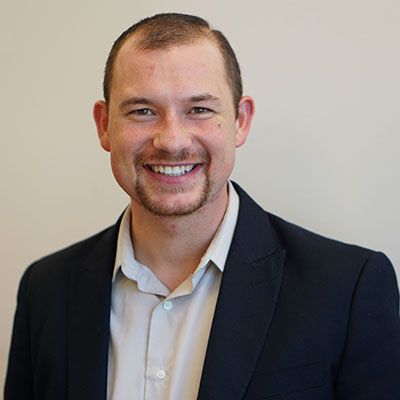Ideally, the job of teacher preparation programs is to produce effective teachers. But tracking and measuring teacher effectiveness is tedious and expensive work, so teacher preparation programs historically have not monitored the effectiveness of their graduates. Instead, we have come to gauge the quality of teacher preparation programs based on things like facilities, curriculum, faculty, and job placement. In essences, we track inputs and proxies that are believed to be correlated with outputs because actual outputs are hard to measure.
In recent years, however, the norm of gauging quality based on inputs and proxy measures has been shifting. The measurement and accountability focus that started with schools through standardized assessments and then extended to teachers with value-added measures now seems to be moving one step further along the value chain to teacher education. As value-added measures and other student growth measures are used to gauge teacher effectiveness, it has not been a big step to then link that effectiveness rating back to the education schools where those teachers were trained.
The momentum to hold education schools accountable for the effectiveness of their graduates is already influencing the education sector in a number of significant ways. The Council for the Accreditation of Educator Preparation’s new standards include a program impact standard that requires programs to “[document], using multiple measures, that program completers contribute to an expected level of student-learning growth.” These multiple measures include “value-added measures, student-growth percentiles, and student learning and development objectives.” Similarly, the recent teacher preparation program ratings from the National Council on Teacher Quality—although based mostly on inputs—include a student outcomes measure as one part of the rating formula. Additionally, new programs such as Match Education’s Soposato Graduate School of Education and the Relay Graduate School of Education have built instructional models from the ground up around an explicit focus on training teachers who can consistently produce student-learning results. These programs have gone so far as to even make student outcomes a graduation requirement for program candidates.
This increased emphasis on measuring outcomes is likely to be a good thing for the education sector. Hopefully it will encourage teacher preparation programs to rethink the way they train new teachers so that new teachers will be better prepared for the rigors of the classroom. Under our current system, new teachers tend not to produce strong gains in student learning until their third or fourth year on the job. They often spend their first few years learning from the school of hard knocks how to be effective, and unfortunately many burn out and leave the profession in the process.
If traditional teacher preparation programs could overcome their own innovator’s dilemmas and realign their resources, processes, and priorities around outcomes, then the benefits to both new teachers and their students would be significant. This potential shift in the job of teacher education would also have important implications for any would-be disruptive innovators who would want to enter this space. If traditional programs are not able to overcome their own innovator’s dilemma, new programs have an opportunity to gain traction by shaping their capabilities around the new output-focused job of producing measurably effective teachers.

